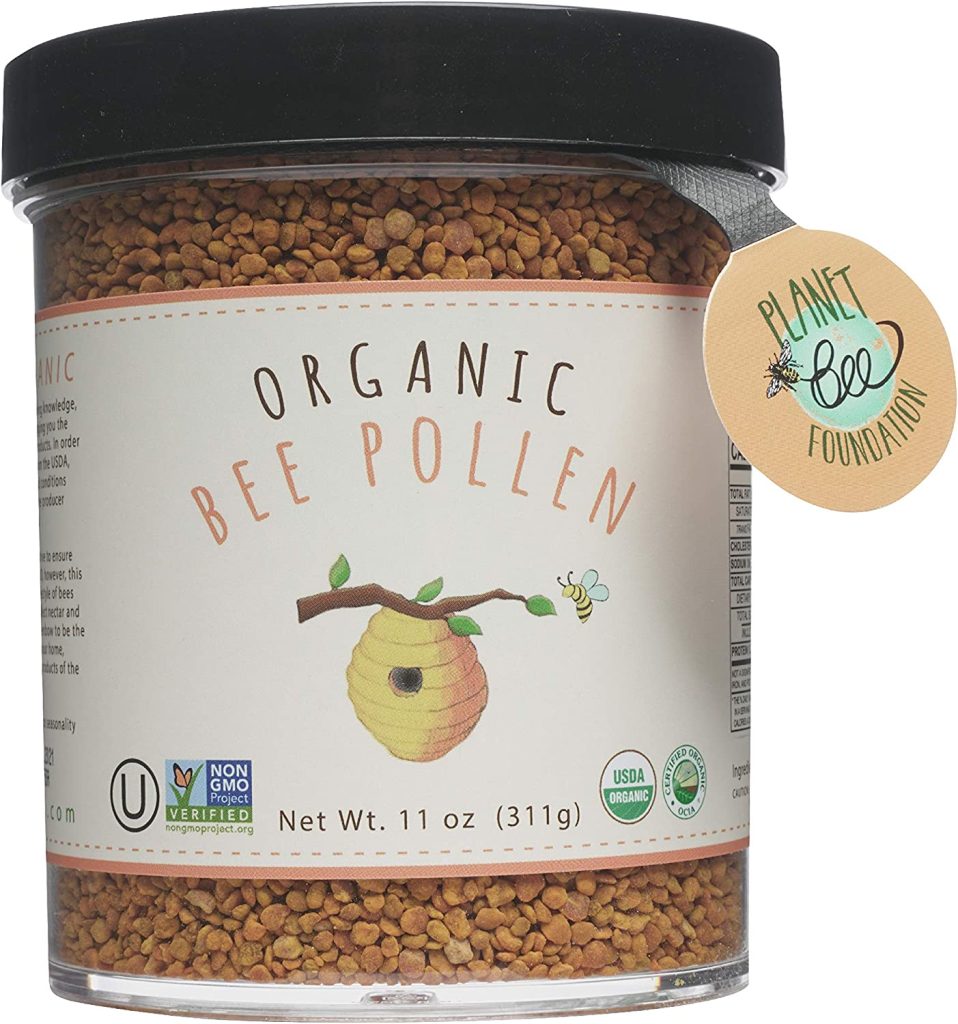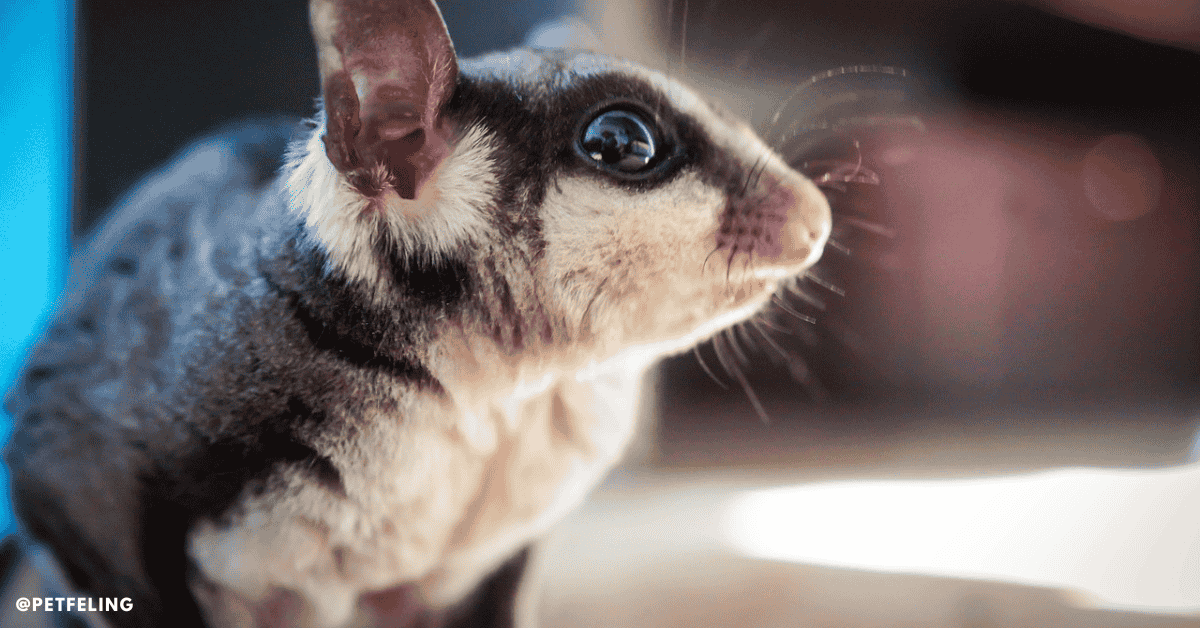Due to their friendliness, curiosity, and unexpected playfulness, sugar gliders are growing in popularity among owners of exotic pets. Their name comes from a thin membrane that runs from their front limbs to their back limbs, which helps them move through the trees in their natural habitat. They are native to Australia and some regions of Indonesia. It makes sense to budget ahead of time and be aware of all the expenses if you are considering keeping a Sugar Glider as a pet. By doing this, you can make sure that your pet has all it needs to live a long and healthy life. We’ll go over every expense associated with owning a Sugar Glider in this article, including the price of the initial purchase, food, bedding, and everything in between.
One-Time Costs
The price to purchase a Sugar Glider might vary depending on the animal’s age. Infants normally cost more; the Sugar Glider pricing should be between $200 and $500; adults typically cost between $100 and $200. Because Sugar Gliders are highly social creatures, it’s crucial to keep in mind that keeping them in pairs will ensure their happiness. This will also aid in reducing the majority of undesirable behavior, as they want a lot of attention and will act out if they’re bored or lonely.
Free
Due to their extensive, specific care needs, Sugar Gliders are not an easy pet to care for and are not a wise choice for beginners. Many prospective owners go out and buy a Sugar Glider without fully understanding the challenge and dedication required to own one of these animals. Owners who recognize they can no longer care for their pets may be prepared to give them away for free. Check up on any online or local organizations in your area that may have Sugar Gliders looking for free or really cheap homes.
Breeder
Usually, adult Sugar Gliders are less expensive than young ones. Adults are less appealing as pets since they are significantly harder to train. An adult sugar glider typically costs between $100 and $150, although young ones may cost as much as $500. Gliders are very social creatures, so your initial investment will double if you buy two. Therefore, we strongly advise doing so. But if you buy a pair, some breeders might give you a little discount. Due to the legalities of adopting a Sugar Glider, it is crucial to identify a trustworthy breeder. Verify that the breeder is legally permitted to own one in your state and that the Department of Agriculture has the necessary permits. Typically, the breeder will be able to give you information on licenses and other legal needs. Make sure you go visit the breeder rather than making an internet purchase. By doing so, you can ensure that the parents and their living arrangements are clean and healthy, and the breeder may offer important details about the Glider’s ancestry and medical background. Breeders can also provide you with a wealth of knowledge about feeding, sheltering, and caring for your glider.
The various varieties of sugar gliders, along with their costs, are briefly described here:
Common Baby Sugar Glider: The typical baby sugar glider is a young glider that is 12 months old or younger. Since they are easier to teach than older ones, their demand is higher. As a result, they range in price from $200 to $500.
Common Adult Sugar Glider: Gliders aged one year and up. When compared to infant gliders, they are less in demand. As a result, they are cheaper, costing between $100 and $150.
Leucistic Sugar Glider: Leucistic sugar gliders have all-white fur with no stripes or other markings at the ears, as well as black eyes. They are frequently called “black-eyed whites.” They are priced between $1,500 and $2,500.
White-Faced Sugar Glider: Contrary to popular belief, this species does not have a distinguishing color. Instead, the stripes around the face have changed. These gliders have eye rings that are lighter or broken and lack the black strip beneath the ears. If not, they are regarded as the typical gray and black gliders. They typically cost between $300 and $600.
Mosaic-Type Sugar Glider: The body and feet of a mosaic sugar glider are covered in distinctive white patterns. The glider is referred to as having a “ring-tail mosaic” if its mosaic coloring extends to its tail. They are between $2,000 and $3,000 in price.
Albino Sugar Glider: Due to its all-white appearance and crimson eyes, an albino sugar glider differs from a leucistic animal. As a result, these gliders are more expensive on average, costing $5,000.
Red Series Sugar Glider: Four colors are used in this: red cinnamon, chocolate, buttercream, and lion. These are often red-colored variants. They range in price from $400 to $2,000.
These contributing elements will also affect how much a sugar glider costs:
Demand: Because there is more demand for baby sugar gliders than for adults, their price is higher. Since they are easier to teach while young, many breeders and owners prefer to purchase them. As a result, the cost of used gliders has decreased by a few hundred dollars.
Tamed Behavior: Domesticated sugar gliders also cost more than wild ones. You will find it simpler to meet your exotic pet’s needs if they are initially trained by a professional. Be aware that starting their training from scratch will be difficult. But you’ll probably end up saving a few hundred dollars.
Rarity: Due to their aesthetic attractiveness, several color variations, such as the leucistic, white-faced kinds, albino, and red sugar gliders, are more desirable. As a result, many breeders charge more to interested owners and give the excuse of “meticulous breeding.”
Those who want to own pets should exercise caution when purchasing from pet retailers. Instead, it is best to purchase a sugar glider from a licensed breeder to ensure that they receive the highest quality exotic animal. Licensed breeders typically charge a greater price for gliders than unlicensed breeders, but the extra expense is well justified.
Are Sugar Gliders Cheaper Than Other Pets?
The cost of maintaining a glider pet can add up rapidly and be significantly higher than most people expect. Depending on the age of your sugar glider and the breeder’s location, their average price ranges from $100 to $500.
For the price of owning a sugar glider, budget between $46 and $78 per month or between $555 and $930 per year. Considering their average pricing and maintenance expenditures, sugar gliders can be compared to high-end dogs and cats as being less expensive to maintain. Be aware, though, that some of their food, such as nectar or bee pollen, is not typically found at the grocery store. These ingredients must be purchased online, which may result in an additional shipping charge. Furthermore, even if these marsupials don’t get sick frequently, this doesn’t result in more savings on your part.

Purchase this 100% organic and certified Bee Pollen for a complete protein guide for your sugar glider available on Amazon for just $29.99
When your glider needs medical attention, it’s typically highly expensive because the correct veterinarian is needed to handle the situation. It could be difficult to find a local veterinarian who treats exotic animals. Here’s a quick rundown of their purchase price and maintenance expenditures so you can determine whether caring for a glider is more expensive than caring for other common domestic pets: These prices reflect average costs for the pet’s purchase price, food, veterinarian care, and grooming. Since sugar gliders require various unique accommodations in order to be properly cared for, caring for one differs greatly from caring for these common pets.
Is It Legal to Own a Sugar Glider?
In some parts of the United States, it may be unlawful to own sugar gliders, an exotic mammal. So, before making a local purchase, it would be wise to quickly explore your options. You’ll be able to save money and time and avoid breaking the law. The following states do not allow these exotic pets:
- Alaska
- California
- Massachusetts
- Pennsylvania
All states require a permit for sugar glider breeding, sale, and capture. In California or Alaska, there are no exceptions to owning or selling sugar gliders. It is completely forbidden. A special authorization from the local government is required in Pennsylvania and Massachusetts for the ownership of sugar gliders, which can increase the initial expenditures.
The Animal Welfare Act is used by the US Department of Agriculture’s Animal and Plant Health Inspection Service to license and control breeders of these tiny marsupials. Keeping sugar gliders as pets is debatable even outside of the United States. Singapore and several Australian states, including the Northern Territory, outright prohibit the keeping of these marsupials as pets such as:
- Western Australia
- New South Wales
- The Australian Capital Territory
- Queensland
- Tasmania
- However, they are allowed to be kept as pets in:
- Victoria
- South Australia
- The Northern Territory
The Dangers of Owning a Sugar Glider
Since they rarely defend themselves against people, sugar gliders are not a dangerous or violent species of animal. They do have tiny, sharp fangs and claws, and if provoked, intimidated, or scared, they will bite. It will hurt for a while, but they are not strong enough to do any lasting harm. They are known to be very affectionate and sweet creatures who enjoy being around their owners once they have been trained and adjusted to being around people. Despite not being a major threat to people, people can nonetheless pose a threat to them. Sugar Gliders, as previously stated, are not domesticated animals. Even though they are bred in captivity, they are not used to living there.
Many animal rights organizations advise against keeping a sugar glider since doing so could cause you to deprive the animal of its natural inclinations. There are a few things you must be ready to do if you decide to purchase a sugar glider in order to keep it as happy and healthy as possible.
It’s incredibly lonely for sugar gliders. Sugar Gliders live in packs and colonies in the wild since they are not suited to living alone. If you have more than one sugar glider, it is critical that they do not become lonely and depressed. If they do experience depression, they might also become ill and perhaps pass away as a result. If you only have one Sugar Glider, it’s crucial to interact with them daily to keep them from being lonely.
Sugar Gliders require a sizable environment filled with accessories to prevent boredom and a sense of confinement. They should be able to run, climb, and glide around in the habitat. It ought to have extras like hiding places, toys to climb on, and places to lay down so they can feel more at home. Because they are nocturnal, sugar gliders are most active at night. For your Sugar Glider to avoid being bothered during the day, locations like shelters or hiding holes are ideal.



